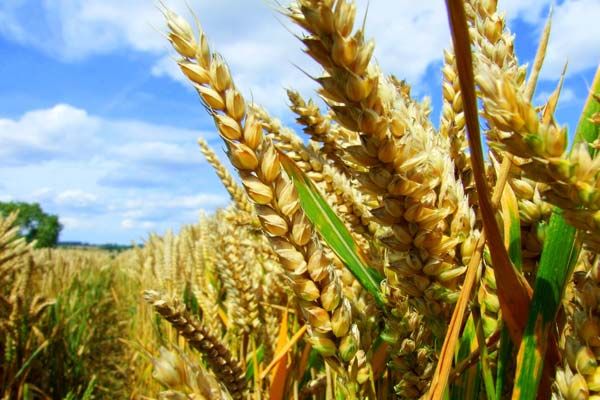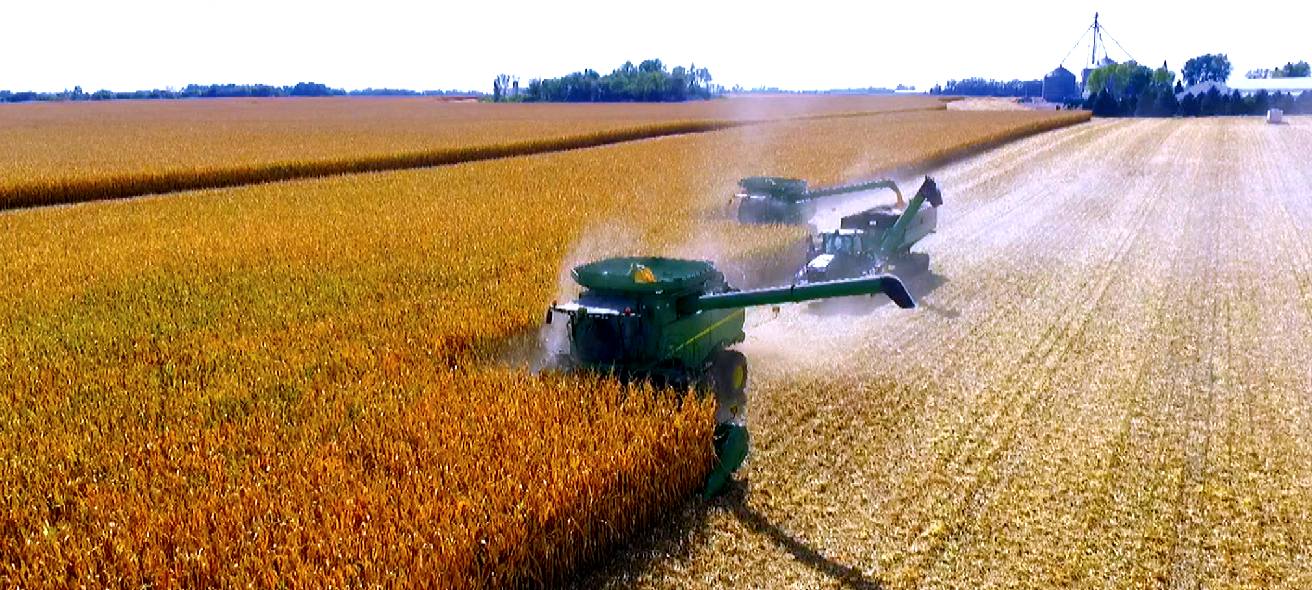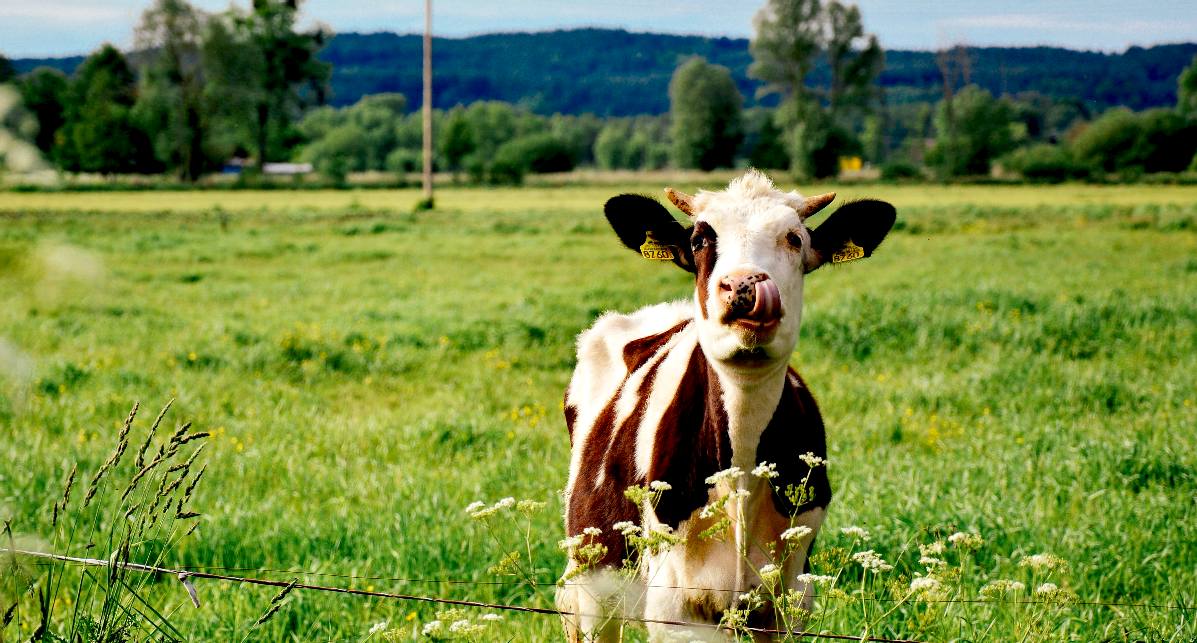
What
could be more beautiful than a field of ripening wheat on a glorious
summers day, blue skies and a combine harvester that runs on clean
electricity. Could that ever happen with our crusty farmers in love with
diesel. Happen or not, it should be an EU directive that harvesting is
subject to emission controls. A freshly baked loaf of bread would then
taste all the better.
FARMERS
WEEKLY SURVEY 2017
Most employees in agriculture are paid a salary – 59% of farming workers and 84% in related business – rather than an hourly rate.
Overall the average annual salary for people who work on farms is £25,578 – close to the national UK figure of £26,500. More than 30% earned between £20,000 and £30,000, but more than one in 10 (13%) reported they earned less than £10,000, which suggests they were either part-time or working as family labour.
By comparison earnings in allied businesses were higher. Just 1% of workers in related businesses earned less than £10,000, with an average salary of £34,158. The difference between male and female earnings, for both ARBs and practical farming, was stark at almost £8,000, with males at £31,768 and females £24,020.
Broken down further, the figures reveal that relatives of farm owners are not drawing full salaries. The average recorded wage for these people was just £12,616. The highest wages were for farm managers, who earned roughly £10,000 more than the average wage of £25,565.
The biggest earners in related businesses were technical managers at £40,111 – above the average of £34,158.
Hourly rates
The UK average hourly rate for all types of industry is £12.76. But for farming workers the overall is just two-thirds of this amount at £8.74/hour, while related businesses earn a better rate than the UK average at £14.33/hour.
In contrast to those paid salaries, female workers earned more (£11.14/hour) than their male counterparts at £9.90/hour. Workers in related businesses earned on average 40% more than those who were farming, with an hourly rate of £14.33.
Sectors and regions vary
Salaries and hourly rates of pay showed marked variations across the UK. In Scotland, the north of England and the West Country the earnings in practical farming were between £21,319 and £24,146 – all below the national average.
But in the South East, East Anglia and the Midlands wages varied between £26,083 and £29,474. For allied industry workers salary also varied across the regions, but the pattern of areas earning the highest and lowest was different.
The lowest paid were in the south-west of England at an average of £28,989 with the highest in Scotland (£38,618) and the north of England (£39,375).
For those paid an hourly rate, agriculture workers were again best off in Scotland and Yorkshire at £9.73/hour. The lowest hourly rate was in the north-west of England at £8.02.
The statistics also show a link between higher earnings and sector type. On farms where crops were grown, respondents recorded a higher average wage.
All crops businesses paid more than the average earning and this compared starkly with incomes for those whose main business was livestock-based, which all fell below the average.
Pay rises
While most (69%) have received a pay rise in the past 12 months, 7% of farming workers have not had an increase for more than five years.
Results for pay reviews showed the farming workers fared less well than their counterparts in the allied industries. More than half (58%) of farming workers received a salary increase of about 1.5%.
This is in line with the UK national average workers’ increase across all industries (1.4%). In contrast, related businesses paid more than three-quarters of their staff a rise which on average was double the national rate at 2.8%.
Almost two-thirds (60%) of employees in the related businesses received a bonus of an average £2,884. Workers in animal nutrition received the highest financial boost to their pay packets at an average across their sector of about £4,338.
Hours and holiday
At 43.9 hours, the working week of the agricultural-related business is about the same as the national average of 43.6 hours. But for farm-based workers the week is 20% longer at 52.1 hours. At busy times of year one in five workers on farms are putting in more than 100-hour weeks.
Both the related businesses and farming workers failed to take the legal national entitlement of 28 days – averaging 19.9 days and 14.6 days respectively. More than 15% of farmworkers took no holiday at all.
Qualifications and training
Half of all farmworkers (46%) and close to one-third (30%) of those in the related businesses received no official training in the past year.
There was a marked difference in the type of qualifications held by respondents. Farmworkers tended to have more practical qualifications that fitted their occupation, such as national diplomas (25%), while workers in the allied industries had generally reached degree level and above (51%).

CONTACTS
20 F Street NW
Suite 300
Washington, DC 20001
Phone: (202) 554-1600
Fax: (202) 554-1654




